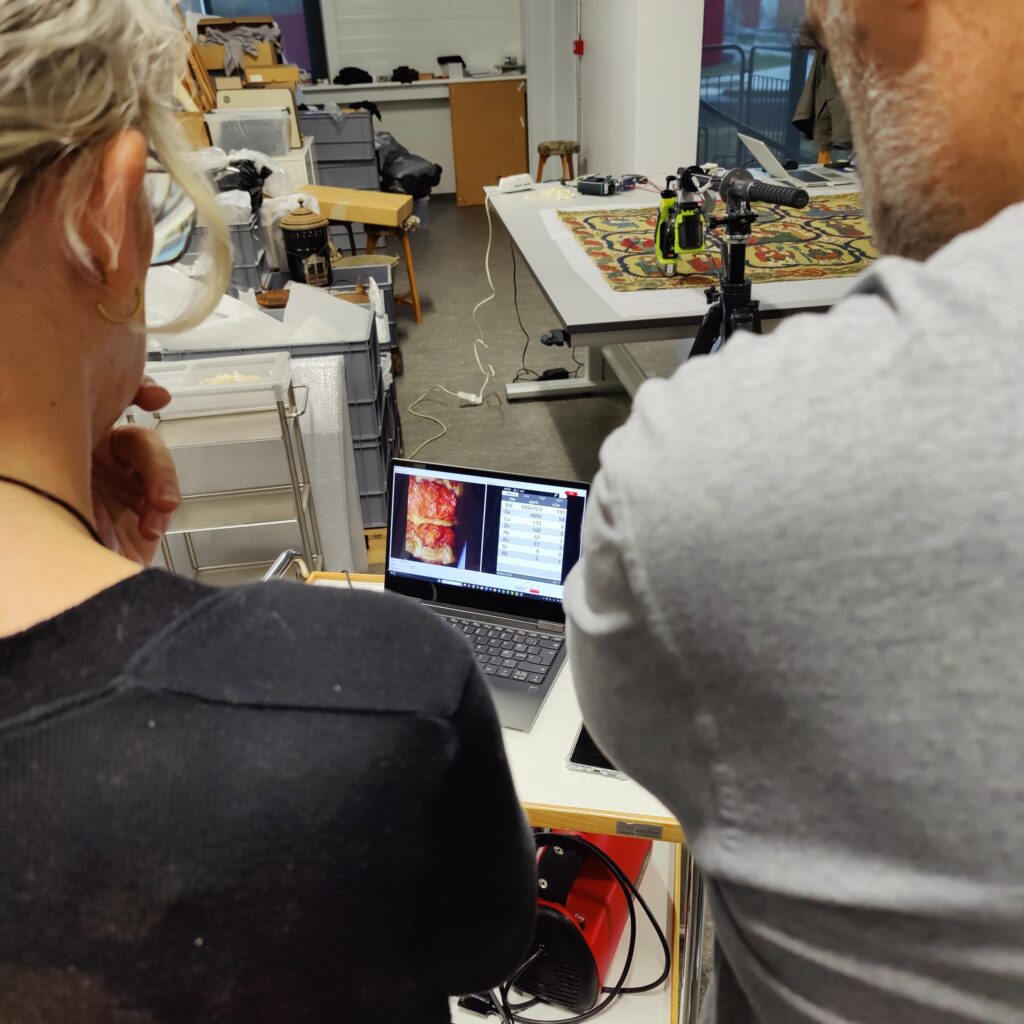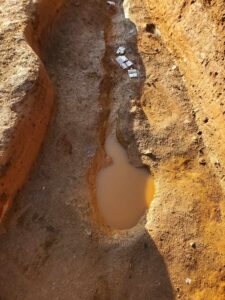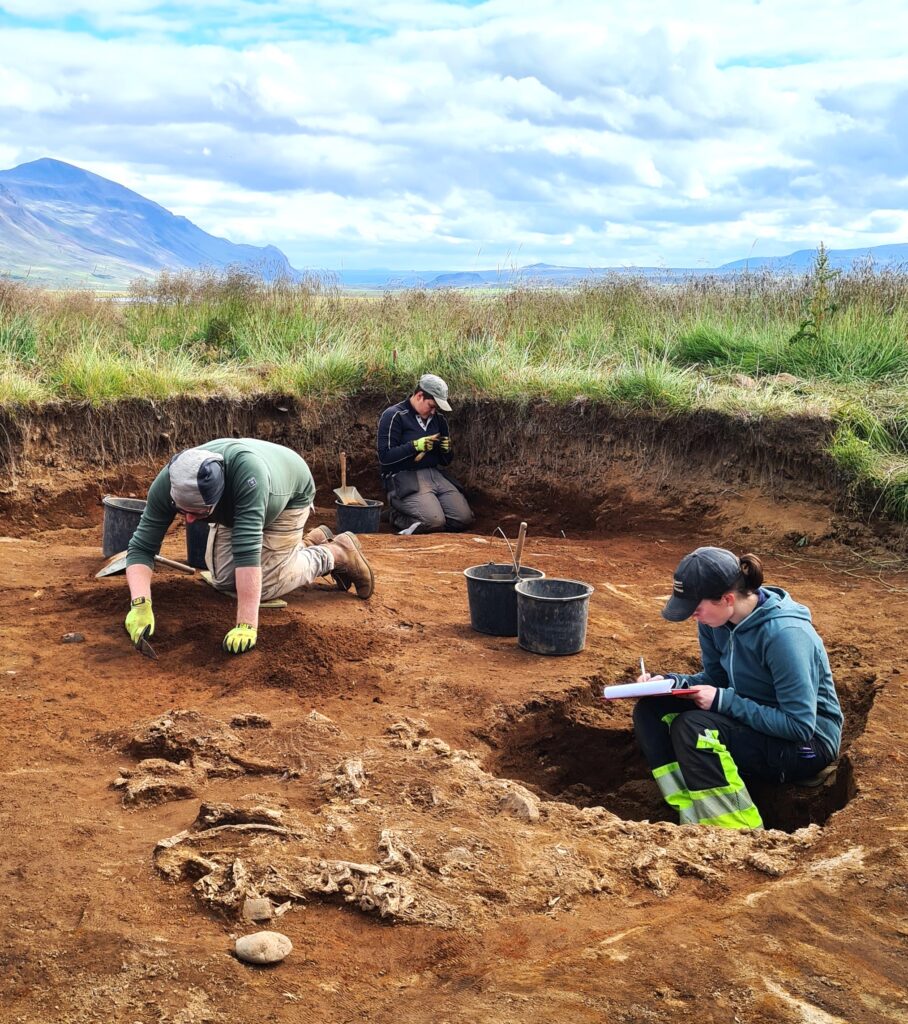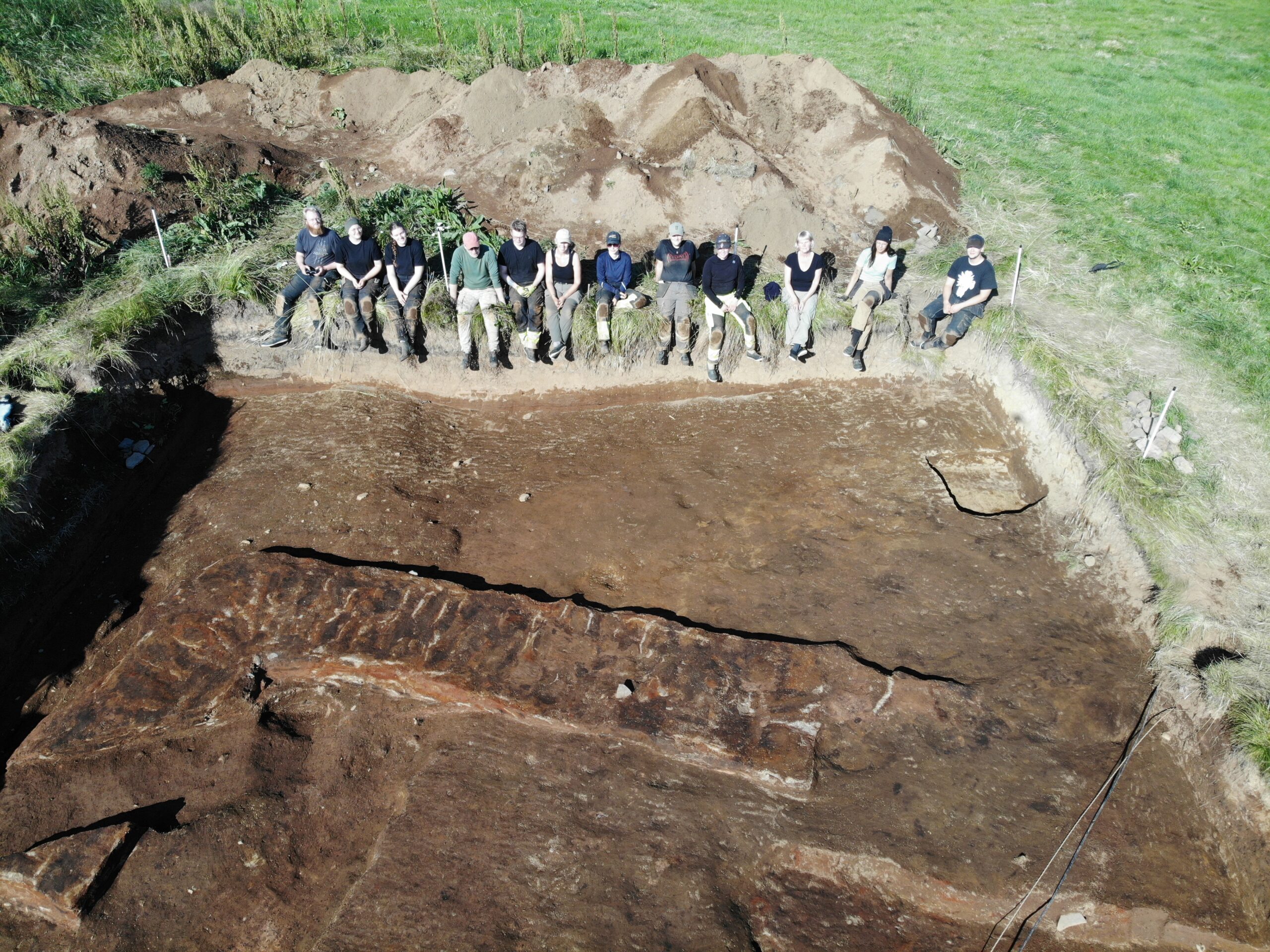The Making of Benedictine Communities in Medieval Iceland
Between Man and Nature is a multi-disciplinary project that aims to study the Benedictine communities run in Iceland during the medieval time. The overarching aim is to elucidate the ways in which the Benedictine houses and their natural environments concurrently shaped each other.
The key research themes
Textile and manuscript production

The broader aim will be to assess whether the production confirmed to Benedictine ideals and gendered ideologies, and in what ways it was facilitated and constrained by the surrounding environment, including successive periods of crisis and prosperity.
Specific aims
- To assess the type and origin of materials used in the production and their origin.
- To map the process of the production within the monastic precinct.
- To detect any changes in the production through the period of operation.
- To explore the role of the production in the identities of the religious members.
Water management and timekeeping

excavation at Þingeyrar in August 2023.
Photo: Delaney Dammeyer.
The broader aim will be to explore how the religious members of Benedictine houses synchronized with their surroundings and employed natural resources in their engagement in liturgical rites and praying.
Specific aims
- To map landmarks and place names in the vicinity of the religious houses used for time-keeping.
- To assess how and where from water was channeled.
- To explore the religious significance of time and water in the two houses.
Diet and fasting

The broader aim will be to explore the diet of the religious and lay inhabitants in the monastic houses and their associated land-use.
Specific aims
- To map cultivation and animal husbandry at the monastic houses.
- To determine whether a shift in farming can be identified
following the Plague or Little Ice Age. - To assess if fasting periods affected choices in diet.
Some recurring questions within these themes concern the ways in which the religious houses responded to periods of hardship, such as caused by the Plague or the Little Ice Age, the significance of gender in their operation, and the diverse ways in which they synchronized with their surrounding environment while faithfully keeping their dedication to the Benedictine customs. With contributions from archaeology, history, literary studies, natural sciences and environmental studies, the project is expected to add considerably to the current knowledge on monasticism in Northern Europe and its environmental impact. The project has a great potential to extend significant new departure in monastic research, besides providing new insight into current debates about human/nature coexistence.
The project received a grant of excellence by the Icelandic Research Fund (Rannís). The Icelandic Research Fund is the leading competitive research fund in Iceland. The fund grants projects in all areas of science, from grants to doctoral students to excellence grants. Grants of excellence are awarded for major projects that excel in their field and have an international connection.

